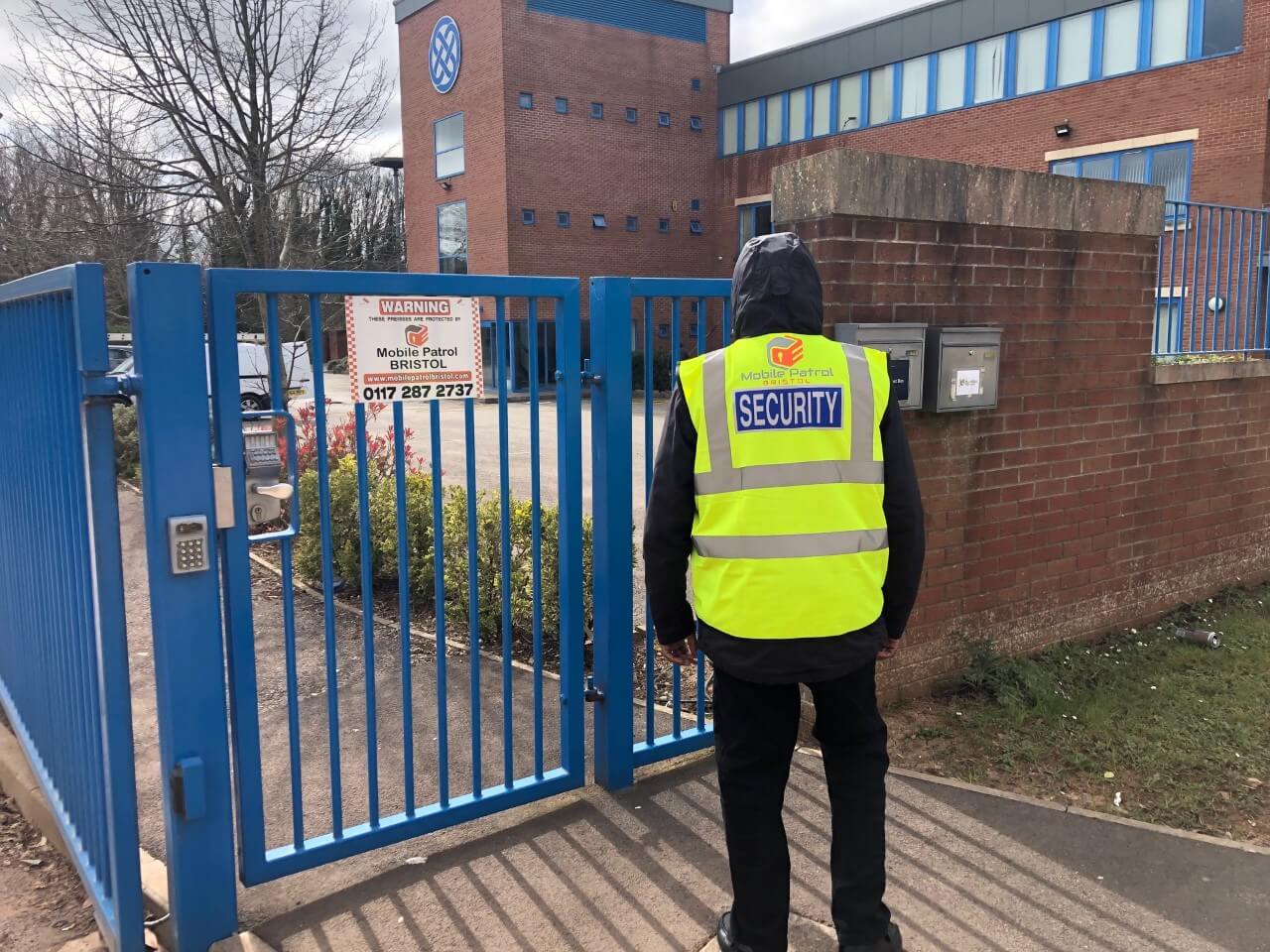The Red Sismológica Nacional (RSN), or National Seismic Network, is a fundamental institution in Costa Rica. Established in 1971 by the University of Costa Rica (UCR), the RSN is a critical component of the country’s robust earthquake preparedness and mitigation strategy.
Table of Contents
A Network of Vigilance: Monitoring Seismic Activity
Costa Rica lies within the geologically dynamic region known as the Fire Ring. This positioning exposes the nation to frequent seismic activity, making a comprehensive earthquake monitoring system essential. The RSN achieves this through a strategically placed network of seismic stations. These stations house highly sensitive instruments called seismometers that meticulously record ground vibrations caused by earthquakes.
The RSN’s network encompasses over 130 stations, with a strong concentration in the Pacific coast region, where most seismic activity in Costa Rica occurs. However, the network extends inland, ensuring comprehensive monitoring throughout the nation.
Beyond Detection: Data Analysis and Interpretation
The RSN’s role extends far beyond simply collecting seismic data. A team of highly qualified geophysicists staff the RSN, meticulously analyzing the recorded data. This analysis allows them to pinpoint the location, magnitude, and other crucial details of earthquakes.
The RSN’s data analysis goes beyond basic parameters. Experts meticulously study seismic wave patterns, allowing them to classify earthquakes and assess potential aftershock threats. This in-depth analysis provides invaluable information for emergency response teams and government agencies.
Timely Dissemination: Public Awareness and Response
One of the RSN’s most critical functions is the timely dissemination of earthquake information. The network maintains a 24/7 operation center staffed by trained personnel who promptly interpret and distribute earthquake data.
This information reaches various stakeholders, including:
- National Emergency Commission (CNE): The CNE utilizes RSN data to coordinate emergency response efforts, including search and rescue operations, infrastructure assessments, and resource allocation.
- Media Outlets: The RSN collaborates with media outlets to ensure the public receives prompt and accurate information about earthquakes. This transparency empowers individuals to take necessary precautions and mitigates panic.
- Scientific Community: The RSN shares its data with the scientific community, fostering research into earthquake prediction, volcanic activity, and regional tectonics.
Public Education and Earthquake Preparedness
The RSN understands the importance of public preparedness for earthquake events. The network actively engages in public education initiatives, promoting earthquake safety measures and raising awareness about potential hazards.
These initiatives include:
- Developing educational materials: The RSN creates informative brochures, pamphlets, and online resources detailing earthquake safety protocols, evacuation procedures, and construction best practices for earthquake-resistant buildings.
- School programs: The RSN conducts educational programs in schools, teaching students about earthquake science, safety measures, and how to respond during an earthquake event.
- Community outreach programs: The RSN organizes community outreach programs, offering workshops and presentations on earthquake preparedness for the general public.
Technological Advancements: A Network in Constant Evolution
The RSN is committed to continuous improvement and technological advancements. The network actively investigates and implements new technologies to enhance its monitoring capabilities.
Recent advancements include:
- Real-time data transmission: The RSN has transitioned to real-time data transmission from many of its seismic stations. This allows for a faster and more efficient analysis of earthquake events.
- Upgraded instrumentation: The RSN is continually upgrading its network of seismometers with more sophisticated instruments, leading to more precise data collection.
- Data visualization tools: The development and implementation of advanced data visualization tools allow for a clearer and more comprehensive interpretation of seismic data.
A Model for Earthquake Preparedness in the Region
The Red Sismológica Nacional has garnered international recognition for its excellence in earthquake monitoring and preparedness efforts. The network serves as a model for other nations in the geologically active regions of Central and South America.
The RSN’s success stems from its:
- A comprehensive network of seismic stations: The extensive reach of the network ensures thorough monitoring of seismic activity throughout Costa Rica.
- Highly qualified personnel: The RSN’s team of geophysicists possesses the expertise required for in-depth data analysis and interpretation.
- Commitment to public education: The RSN’s dedication to public education empowers individuals to take responsibility for their safety during earthquake events.
- Continuous technological advancements: The network’s commitment to innovation ensures it remains at the forefront of earthquake monitoring technologies.
The Red Sismológica Nacional: Safeguarding Costa Rica’s Future
The Red Sismológica Nacional plays an undeniably crucial role in safeguarding Costa Rica’s communities from the threats posed by earthquakes. Through its comprehensive monitoring, meticulous data analysis, and unwavering commitment to public education, the RSN empowers Costa Rica to face earthquakes with greater preparedness and resilience.
Beyond Earthquakes: Volcanic Monitoring
While earthquake monitoring remains the RSN’s primary focus, the network also plays a vital role in monitoring Costa Rica’s numerous volcanoes. Volcanic eruptions pose a significant threat to communities residing near volcanic slopes. The RSN employs specialized techniques to monitor volcanic activity, including:
- Seismic monitoring: By analyzing seismic signatures specific to volcanic activity, the RSN can detect potential eruptions and assess their scale.
- Ground deformation monitoring: Specialized instruments measure subtle changes in ground deformation around volcanoes, potentially indicating magma buildup and impending eruptions.
- Gas monitoring: Monitoring volcanic gas emissions provides valuable insights into volcanic activity. The RSN analyzes the composition and volume of volcanic gases to assess the likelihood and potential intensity of an eruption.
Collaboration for Comprehensive Risk Management
The RSN actively collaborates with other national institutions to ensure a holistic approach to natural disaster risk management. Key collaborations include:
- The Volcanological and Seismological Observatory (OVSICORI): This UCR institute focuses specifically on volcanic research and monitoring. The RSN and OVSICORI share data and expertise, fostering a more comprehensive understanding of volcanic threats.
- The National Emergency Commission (CNE): The CNE plays a leading role in emergency response and preparedness for both earthquakes and volcanic eruptions. The RSN provides the CNE with critical data to guide evacuation plans, resource allocation, and public warnings.
Looking Forward: A Culture of Preparedness
The Red Sismológica Nacional’s dedication to earthquake and volcanic monitoring, along with its commitment to public education, has fostered a culture of preparedness in Costa Rica. Residents are not only aware of the potential hazards posed by earthquakes and volcanic eruptions but are also equipped with the knowledge and resources necessary to take action to safeguard themselves and their communities.
The RSN’s unwavering vigilance and continuous advancements solidify Costa Rica’s position as a global leader in earthquake and volcanic preparedness. As the nation moves forward, the RSN will undoubtedly remain at the forefront, ensuring the safety and well-being of Costa Rican communities for generations to come.




